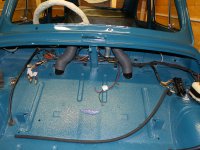turbo500
Member
- Joined
- Mar 20, 2013
- Messages
- 251
- Points
- 118
I've tried reading around, and some people have installed a cigarette lighter, however I wanted to know how and if it's possible to install a system like this to a standard 500?

I've not had a chance to do any electrical work, so if anyone would be kind enough to slowly D) explain how I can wire this up, I'd really appreciate it!
D) explain how I can wire this up, I'd really appreciate it!
Ideally I would like to use this to charge a powerbank to run a dashcam and charge a phone.
Thank you!

I've not had a chance to do any electrical work, so if anyone would be kind enough to slowly
Ideally I would like to use this to charge a powerbank to run a dashcam and charge a phone.
Thank you!





